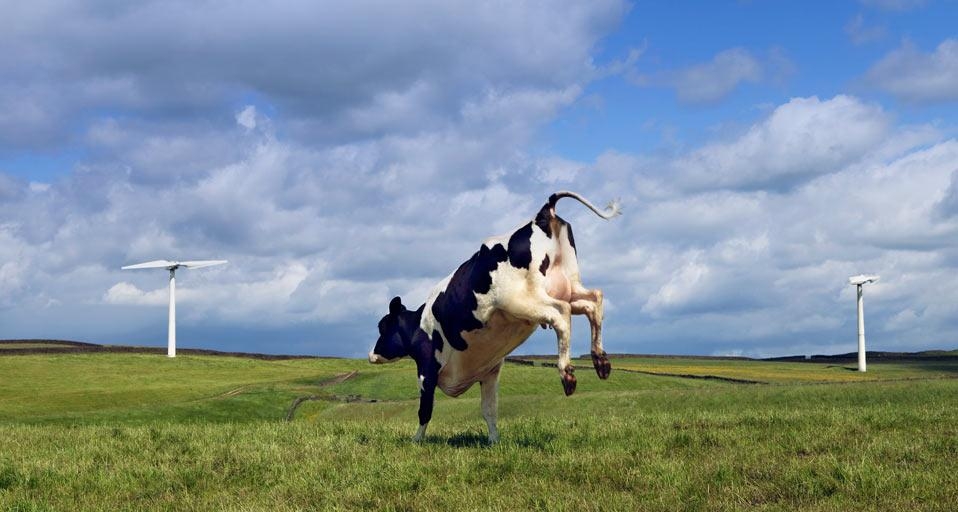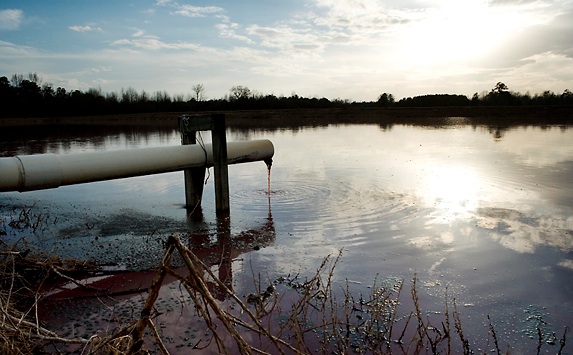Thirty years ago the term genetically modified organisms was unknown and today they are considered the fastest adopted crop technology in recent history. They have gone from being an unknown term to becoming one of the most talked about and controversial topics in food policy. The controversy of GMOs boils down to a variety of groups, which is what makes it so complicated. The players involved in policy and regulation include major food corporations, interest groups, environmental activists, agriculture biotechnology corporations, the government, and lastly concerned public citizens.
Category Archives: Food
Moving Forward: Addressing the Impact of Industrial Livestock on Our Heating Planet
On March 31st researchers from the Chalmers University of Technology in Sweden concluded that to meet the United Nations’ goal of limiting global warming to 2 degrees Celsius a reduction in meat consumption is needed. Further the report contends that if meat consumption trends continue as projected, nitrous oxide and methane emissions from livestock may double by 2070. The scientists conclude, “This alone would make meeting the climate target essentially impossible.”
The industrial livestock sector has come under much criticism as it has been pinned for 18 percent of all green house gas emissions. Some experts feel that the contribution could be as high as 51 percent, as scientific studies continue to demonstrate how factory farms exacerbate greenhouse gas emission levels. Producers, policymakers, and consumers have the ability to dramatically change the impact of meat production on the environment.
The Politics behind America’s Industrial Meat Industry
Environmental regulation of the meat industry in the United Sates is largely non-existent, as government agencies have proved absent or ineffectual in addressing the harmful emissions and practices of large-scale slaughterhouses. The Environmental Protection Agency (EPA) is responsible for the regulation of factory farms, however, it does little to prevent, limit, and rectify the toxic emissions and excessive wastes of the livestock industry. Major corporations in the meat industry benefit from the weak regulatory environment, and spend massive sums of money each year on lobbying efforts. The rise of industrial, environmentally insensitive meat production has been facilitated by particular regulations, or lack thereof, and policies, thus any major changes to the livestock industry will likely start at the level of government.
The profit centric and environmentally ignorant policies sustaining large-scale, industrial animal farming affectively began with the farm bill put forth by President Franklin D. Roosevelt. Known as the Agricultural Adjustment Act (AAA) of 1933, Roosevelt’s farm bill was part of his New Deal legislation, aimed to revitalize struggling farmers during the Great Depression. The bill provided subsidies and fueled research, which encouraged, intentionally or not, the growth of industrial agriculture. While researchers and scientists studied the most effective means of raising livestock and maximizing production, farmers reshaped agriculture with the money and research provided to them. Plainly, Roosevelt’s bill restored prices, concentrated land in the hands of the few, and perpetuated the rise of agribusiness.
Public Opinion and Regulation of GMOs
The first genetically engineered crop, the Flavr Savr tomato, became available for consumption in the U.S. in 1994. Developed by Calgene, the Flavr Savr tomato was developed to satisfy the customer by giving the tomato a longer shelf life. After the failure of the Flavr Savr tomato the agriculture biotechnology industry shifted their focus from the consumer to the farmer. Today, no genetically modified tomatoes are sold in supermarkets. Instead, the majority of genetically engineered crops today are staple crops such as corn and soybeans. Biotechnology companies have since marketed their genetically engineered seeds towards farmers, and have advocated for the benefits such as larger yields and resistance to pests. In twenty years GMOs have stirred up debate and controversy in government, the public, and in the scientific community.

Taco Bell’s taco shell was one of the products found to have the non-FDA approved StarLink Corn. Photo Courtesy of Wikipedia Commons.
Prior to the FDA approval of the first genetically engineered crop, researchers at the FDA found that GMOs posed no risk to humans, and emphasized the minimal dangers to environment. The approval resonated with the public, and in the 1990s 70% of the U.S. supported genetically modified foods. After the failure of the Flavr Savr tomato, the approval process of genetically modified food continued to develop and public opinion remained in favor of GMOs. Shifts in the public view occurred with the advent of environmental groups such as Organic Consumer Association that gained community mobilization by educating citizens on GMOs while pushing for labeling at the federal and state level.
Cheap Meat is an Illusion
Wendy’s Baconator®, a half pound beef burger smothered with two yellow slices of cheese and six thick slices of bacon, costs a little more than $4. Perdue’s® 12oz pack of dinosaur shaped chicken nuggets goes for $3.99. Two Tyson® chicken breasts, averaging 24oz, can be found for as little as $7. In the United States, meat is cheap and available and corporate behemoths like Tyson and Perdue dominate the meat markets. The retail price of industrialized meat stays low in part because of the prioritization of profit over all noneconomic factors, such as the environmental wellbeing and conservation. The environmental costs of the livestock sector are monumental. Industrial animal farming pollutes drinking water, contaminates soils, spreads disease, and emits massive amounts of greenhouse gases responsible for heating the earth’s atmosphere. These environmental costs and consequences are externalized by big agribusiness, while the public, nongovernmental organizations (NGOs), and government agencies are often left to finance and address all damages.
As detailed in the last blog post, the industrial livestock sector has moved towards a system that maximizes production and profitability. The pursuit of these goals prompted large-scale farms to introduce antibiotics to animal feed, pack more animals into tighter spaces, and speed up production practices. Further, government subsidies and deregulation facilitated the rise of industrial animal farms. Tufts University, for example, estimates that between 1997 and 2005 the United States’ industrial livestock sector saved over $35 billion with the aid of federal farm subsidies. Oftentimes, such farm policies, the maximization of profit, and the wellbeing of the environment come into conflict, and livestock operations continually trample the health of the natural world.


